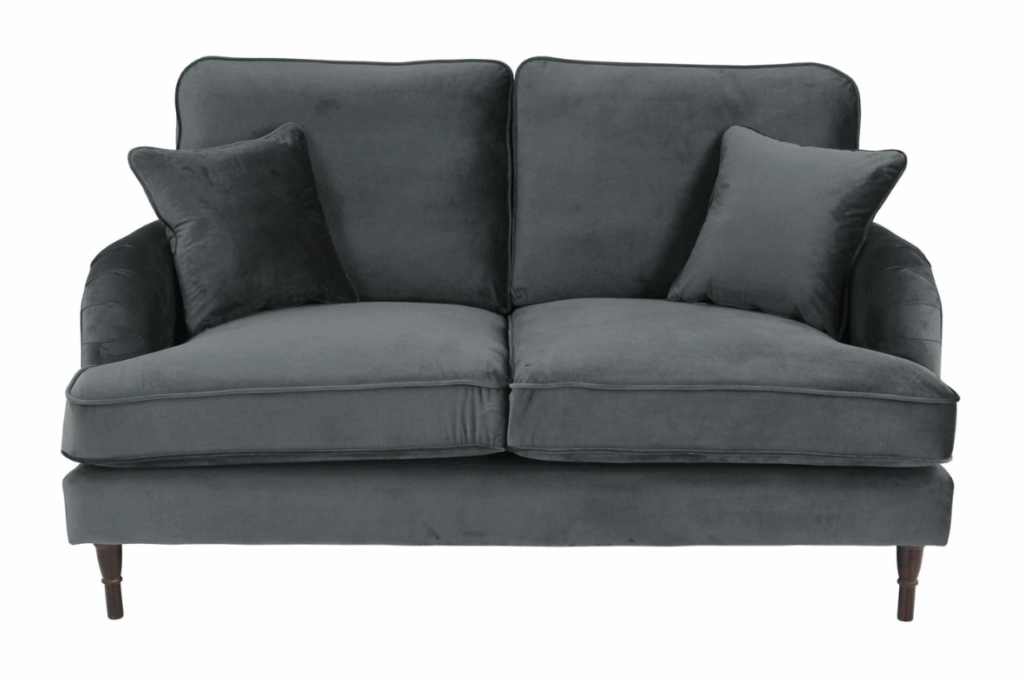Posted on April 23, 2025
The Impact of Colour Psychology on Furniture Choices
How colour psychology in interior design your furniture choices
When choosing furniture, we often focus on aspects such as style, dimensions, or materials—yet colour is one of the most influential elements in shaping a room’s character. Colour psychology in interior design reveals how different hues evoke emotional responses and impact our perceptions. From calming blues that promote relaxation to vibrant yellows that inspire energy, the colours you select for your furniture can significantly influence the atmosphere and function of your space. At Furniture Story, we recognise that every colour choice is an opportunity to create a more thoughtful and personalised home environment.
Understanding the emotional influence of colour allows you to design more intentionally. For instance, a sofa in a warm neutral might foster relaxation, while a bold jewel-toned corner sofa could energise a social area. At Furniture Story, we offer a wide range of colour options that help you personalise your interiors while also supporting the atmosphere you want to create.

How Colours Shape Perception and Atmosphere
Each shade we introduce into our interiors has the potential to change the way a room feels. Pale blues, gentle greens, and soft lavenders are celebrated for their calming effects, making them ideal choices for spaces where relaxation is key, such as bedrooms or serene living rooms. Meanwhile, bright yellows and warm oranges naturally inject positivity and vibrancy, perfect for kitchens, dining areas, or sociable lounges where energy and warmth are desirable. Darker hues like navy, deep plum or charcoal introduce a sense of sophistication and intimacy, transforming larger rooms into more inviting and comfortable environments.
Incorporating the best furniture colours means tailoring each space to its purpose. A navy blue sofa bed in a guest room, for example, invites peaceful sleep while maintaining a stylish presence. In a home office or creative studio, pops of bold red or invigorating orange can spark inspiration and motivation. At Furniture Story, our versatile collections allow you to embrace these emotional responses through colour, helping you craft rooms that not only look stunning but also feel perfectly suited to their intended function.
Choosing Colours That Support Mood and Wellbeing
Emotional wellbeing is closely tied to our surroundings, and thoughtful colour choices play a vital role in creating uplifting, nurturing environments. Earthy shades such as terracotta, olive green, and warm taupe establish a reassuring, grounded feel—ideal for anchoring larger furniture pieces like sofas, corner sofas, or sofa beds. These tones are particularly effective in main living spaces where both relaxation and social connection are key, offering a timeless appeal that feels welcoming year-round.
For those aiming to cultivate a light, airy atmosphere, pale tones such as sky blue, soft pink, and warm whites reflect natural light and enhance the sense of space. These colours work beautifully in smaller rooms or multipurpose spaces, promoting clarity and reducing visual clutter. If you’re designing an adaptable living-dining area or an occasional home office, a neutral or muted furniture palette offers the flexibility to shift between activities effortlessly. By considering colour psychology alongside practical design, you ensure your home not only meets your daily needs but actively supports your emotional balance.
Using Contrast and Layering to Enhance Colour Impact
Designing with colour involves more than selecting a single shade—it’s about creating dynamic interactions through contrast and layering. A dark brown or charcoal corner sofa, for instance, can be balanced with lighter accent cushions and a neutral rug, softening the overall impression while maintaining depth and sophistication. Conversely, a light-toned sofa benefits from darker or textured accessories, grounding the look and preventing the room from feeling overly pale or sterile.
Layering colour also offers flexibility. Seasonal accessories like cushions, throws or curtains allow you to introduce fresh energy or adapt to changing trends without committing to a full redesign. Introducing subtle pattern and texture variation within the same tonal family creates a cohesive yet visually interesting space. This approach means you can enjoy the psychological benefits of your primary furniture colours, while evolving your decor to reflect new moods, seasons, or lifestyle shifts. At Furniture Story, our wide range of complementary accessories makes it easy to enhance and personalise your furniture choices year-round.
Matching Furniture Colour with Purpose and Style
Selecting the right furniture colour is about striking a balance between personal taste, practical function, and emotional resonance. For a relaxing lounge, muted hues like dove grey, oatmeal, or soft taupe create a peaceful retreat, perfect for winding down after a busy day. In contrast, richer shades such as burgundy, emerald or sapphire introduce a sense of luxury, making them excellent choices for formal sitting rooms or dramatic, design-led spaces. The key lies in aligning your colour choices with the purpose of each room and how you want to feel within it.
Open-plan living spaces benefit from consistency in undertones. Choosing sofas, chairs and even occasional tables within a harmonious colour spectrum ensures visual flow and cohesion, making even large, complex layouts feel considered and connected. In smaller homes, light-coloured sofa beds or compact corner sofas enhance the feeling of space and airiness. Meanwhile, darker-toned statement pieces can provide necessary weight and definition in grander or more architectural settings. At Furniture Story, our expert collections reflect the importance of both style and function, empowering you to make furniture choices that enhance every aspect of your home life.
For those working with compact spaces, lighter-coloured sofa beds or small sofas can create an illusion of openness. Meanwhile, dark, textured pieces provide anchor points in large, high-ceilinged rooms. By combining colour psychology in interior design with your own preferences, you can craft spaces that look beautiful and feel intuitively right.
Conclusion colour as the foundation of thoughtful interiors
Understanding colour psychology in interior design opens a world of opportunity when furnishing your home. By selecting the best furniture colours to support your lifestyle, you do more than decorate—you shape the emotional experience of each room. Whether you are drawn to warm, grounding tones for a cosy family space, or vibrant, energising hues for a dynamic home office, colour enables you to align your environment with your needs and aspirations.
At Furniture Story, we believe that furniture should reflect both your personality and your wellbeing. Our curated selection of sofas, sofa beds, and corner sofas offers a wide range of shades and styles, allowing you to design spaces that are not only beautiful but deeply personal. Explore our collections today and discover how colour can transform your home into a haven of comfort, inspiration, and balance.

